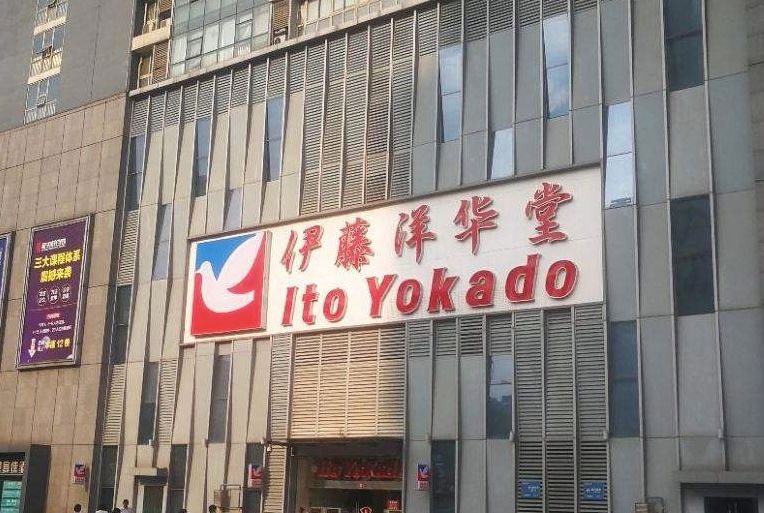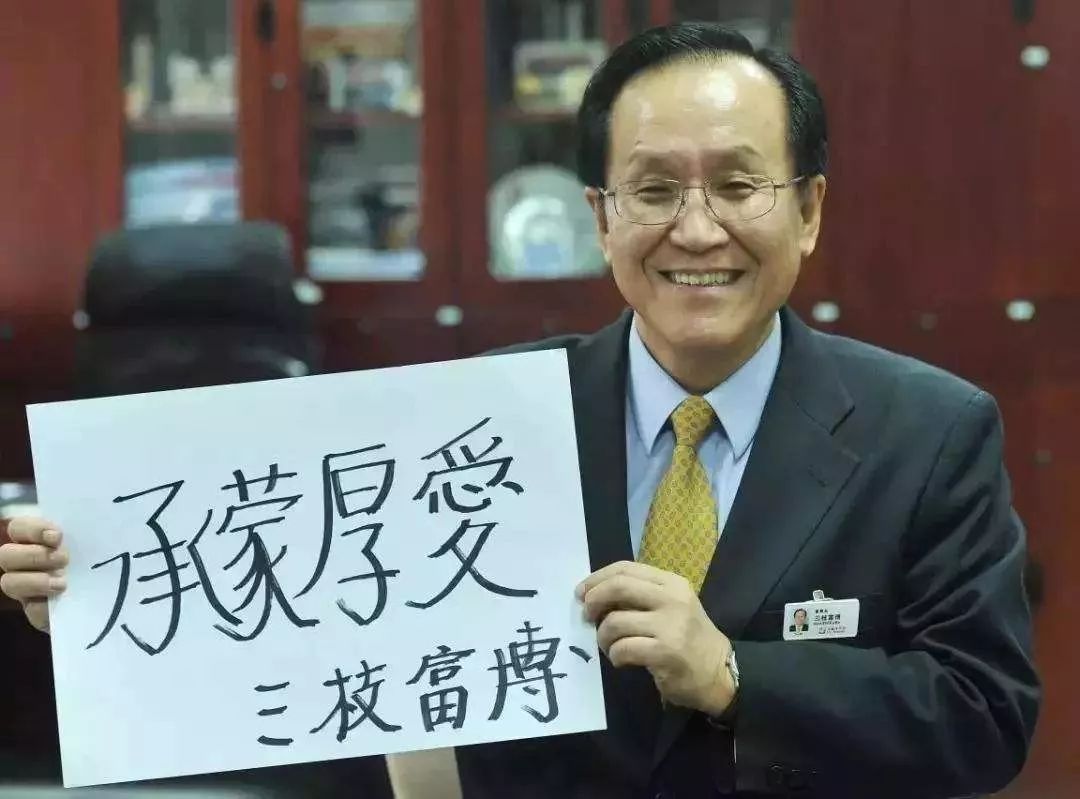Sanzhi Fubo: A Japanese retail veteran with one China connection.
Editor’s note: This article from the micro-channel public number “ Retail Boss Reference ” (ID: lslb168), author Wan Degan.

Core reading
-
Why does Sanzhi Fubo emphasize the importance of service?
-
Why does Ito Yokado manage to look old?
-
Is there a relationship between Japanese retail industry and Chinese retail digitalization?
In 2017, Sanzhi Fubo transferred from Ito Yokado China to the “promotion” condition of the headquarter (chairman) of Japan, fully benefiting from his performance in Ito China and his Sichuan 20 years of China Connect background in Chengdu.
It is rumored that 7-ELEVEn China’s Chairman Shinji Uchida will also be transferred back to the Japanese headquarters to take over as president of the headquarters. It is foreseeable that the experience and performance level of the Chinese market is sufficient for Japan, a company that will be a century old, to serve as the main basis for the appointment of the company’s top leader. The reason for this is of course 7-ELEVEn andIto Yokado is affiliated with 柒 和 伊 控股 集团, which has 170 different business sub-brands around the world.
Ito Yokado in 2020 is celebrating its 100th anniversary. This Japanese business giant has only 163 stores in Japan on the Ito Yokado brand, with annual sales of 80 billion yuan. Based on the annual sales of a single store, the sales of a single store at Ito Yokado are three times that of China’s RT-Mart.
However, this is not an easy analogy. It is also a hypermarket format. RT-Mart is actually closer to mass-market hypermarkets in Europe and the United States. It is mainly based on the heavy-shelf model of fresh food, household groceries, and daily necessities. The brand counter model is the supplement. . Wal-Mart, Carrefour, Wumart, Renrenle, and Century Lianhua are closer to Europe and the United States in terms of model.
Ito Yokado is a very typical Japanese-style hypermarket (GMS for short), although its name actually refers to a western-style hypermarket founded by a person with a surname Ito (Ito Masahiro). This Japanese-style hypermarket in China focuses on fresh food supermarkets on the underground floor. The above-ground floors will be mainly department store merchandise, mixed with a similar Chinese department store, or a high-purity scenario display mode (especially Is a parent-child mother-infant district), to build a complete large community commercial comprehensive center.
This model once encountered serious challenges. One month after Sanzhi Fubo returned to its Japanese headquarters in January 2017, Chengdu Itojiu experienced major personnel changes and staff adjustments. Ito Japan’s management quality also has some setbacks and adjustments.
Because of the current highly integrated and abundant supply in the whole society of China, the serious lack of competition in department stores for Ito Japanese-style hypermarkets is compared. To put it simply, it is the kind of department store products that lack the complete set of additional functions of the solution, and in particular, can meet the individual’s complete purchase needs through a single product.Obviously, it is weak in the competition of e-commerce and cross-border Haitao.
However, in all occasions in China, including Sanzhi Fubo, at the 2019 China Retail Conference held in Qingdao by the China Chain Stores Association (CCFA) in Qingdao, Sanzhi Fubo also consistently denied Ito’s business. The problem comes from e-commerce. He always said that the company did not do well. Don’t blame the outside world, it must be an internal problem of his own.
Sanzhi Fubo looks at retail and sees social changes
Sanzhi Fubo has a particularly old-fashioned, Japanese-style, traditional retail-specific entrepreneurial values. While neglecting to blame the problem externally, at the same time, with the most important strategic perspective, always paying attention to the changes in the external environment of the country, society, and population that are intergenerational, bringing changes to the retail industry and the impact of its own business operations. It is worth mentioning that he paid attention to these external events and structural changes during his tenure in China from 1996 to 2017, even including the social background of larger narratives such as natural disasters and Sino-Japanese relations.
At the CCFA Full Retail Conference, Sanzhi Fubo spent more than ten minutes. Combining China and Japan, under the changing conditions of the big society, analyzed the reasons behind the changes in the rankings of Ito and the entire Japanese retail industry. clue.
The data he gave shows that the population growth rate of 0.3% in China in 2018 is already similar to the same period in Japan in 2000. 22.9% of China’s population engaged in agricultural production in 2015, similar to the same period in 1964 in Japan. China accounted for 59.2% of the urban population in 2018, similar to the same period in Japan in 1956. In 2018, China’s per capita GDP was at US $ 9,700 per year, similar to the same period in Japan in 1982.
The meaning of these macro big data is that China ’s new population will turn to negative growth in the future, but in terms of GDP per capita and urbanization process, it will still bring great business growth. space.
The problem of China’s aging population and decreasing employment will be the biggest variable condition for industrial labor changes. In particular, the academic community predicts that in 2050, 30 years from now, China will enter an ageing population of 65 years and over, accounting for more than 34% of the total population.
That is to say, all the post-80s, post-70s and above people will become China’s main aging phenomenon in the next 30 years.
